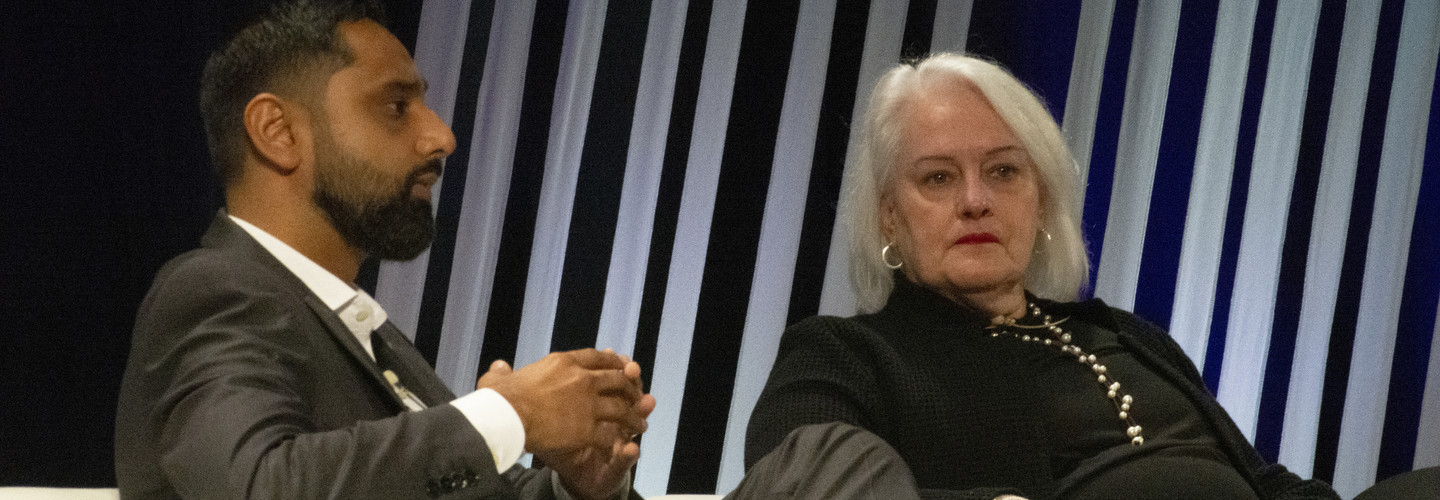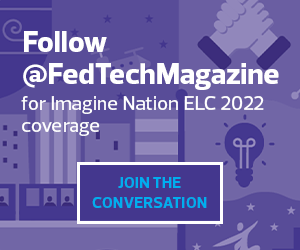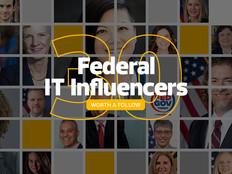Bad Service Delivery Can Defeat Good Policy, Officials Said
The federal CIO, part of the U.S. Office of Management and Budget, talks to GSA and the U.S. Digital Service on a daily basis, Martorana said.
“The way that we’re receiving information, it’s kind of an early warning system,” she said. “We have colleagues from USDS that are being asked to do something that gives us an ability in the White House to stop and look at what the issue is and where the challenge is, and to work with our colleagues at GSA to see if there’s already a solution that is part of a shared service that might be offered.”
Speaking on the same panel, Ankit Mathur, chief delivery officer of the U.S. Digital Service, said his agency has been able to make a “tremendous” impact. As chief delivery officer, Mathur follows the USDS Digital Services Playbook to implement the federal IT operating plan.
“Our team at USDS works on a variety of different projects,” he said. “And so, a lot of times, we are going in and we’re analyzing and modernizing a system that may need to be updated. In other cases, it may be doing a lot of deep user research and understanding how people access the services that they are entitled to. And, in other cases, it’s understanding what the policies are like and how we need to change policies. Sometimes that will involve technical delivery and other times it’ll involve a change in policy.”
MORE FROM FEDTECH: Coordination key to successful customer experience for federal agencies.
When required, USDS researches or designs a system to solve a problem, ensuring that it meets a need and scales appropriately, he added.
Mathur pointed to recent solutions developed for the U.S. Department of Veterans Affairs as proof of the success of federal interagency project management.
“The big things that come to mind for me are the VA impact that we’ve had on a mobile application, where veterans now have access to the services that they’re entitled to. The AI chatbot for our veterans also is something that’s really impactful,” he said.
The VA: Health and Benefits app has a 4.8 user rating on the Apple App Store. “For a government application to be a 4.8 rating on the App Store is phenomenal,” Mathur said.
Technology Modernization Fund Speeds and Improves Delivery
In a separate follow-up panel, GSA Administrator Robin Carnahan emphasized the importance of regularly meeting with private sector businesses to understand what’s possible when it comes to delivering services.
“Fundamentally, the government is a service delivery business in many, many ways,” Carnahan said. “And we’ve seen over and over again when bad delivery sinks good policy. We saw it throughout the pandemic. To me, we’re at this really important moment where trust in government fundamentally depends on government’s ability to deliver.”
Carnahan praised the Technology Modernization Fund as a mechanism that boosts the government’s delivery capabilities. The fiscal year appropriation cycle is “not always aligned with the speed of change,” he said.
READ MORE: GSA CIO David Shive talks shared services, zero trust and modernization.
“There’s this misalignment with how quickly technology changes, and how the appropriation process works. And so, the reason TMF is so smart is because it changes that dynamic,” Carnahan said.
Federal agencies can request funds allocated to the TMF and receive them quickly. They also can make an initial request for a small amount to strengthen the possibilities of approval, prove a solution delivers and then go back to request additional funding, Carnahan said.
“This is a terrific opportunity for industry folks to partner with agencies that you’re doing work with and to help put proposals in for TMF funding. It’s a remarkably smart way for the government, as a whole, to see what patterns and needs are across the agencies and to learn from those cohorts that are doing things,” she said.
Follow FedTech coverage for more articles from Imagine Nation ELC 2022.










